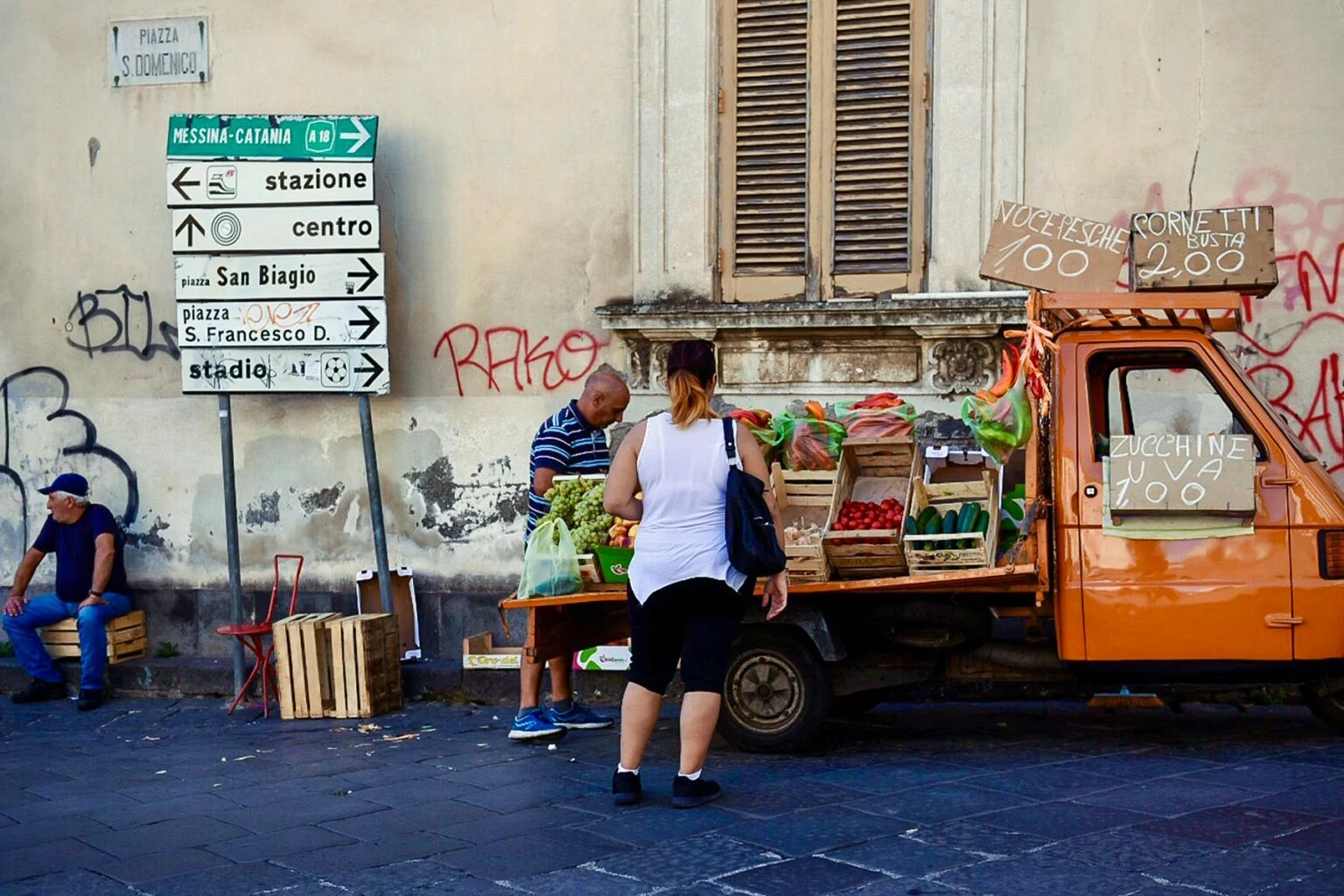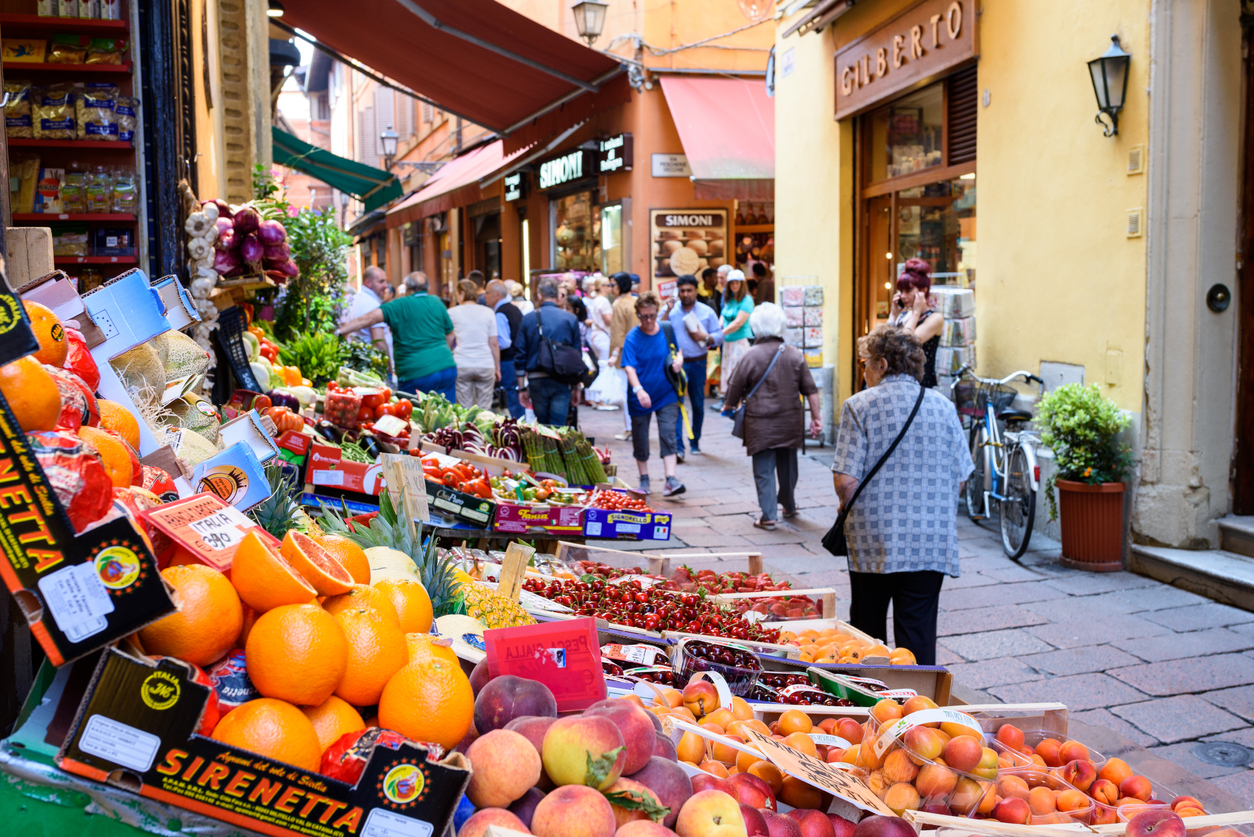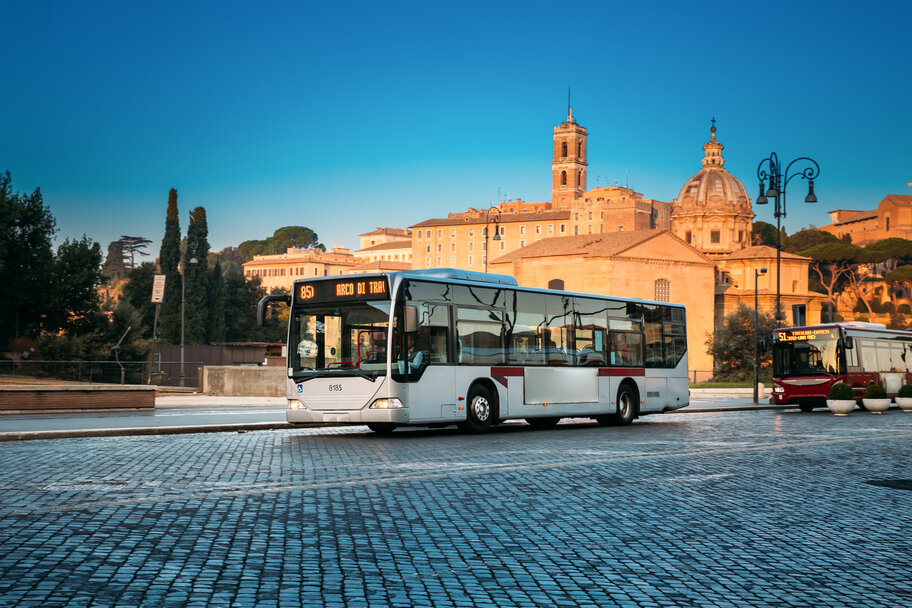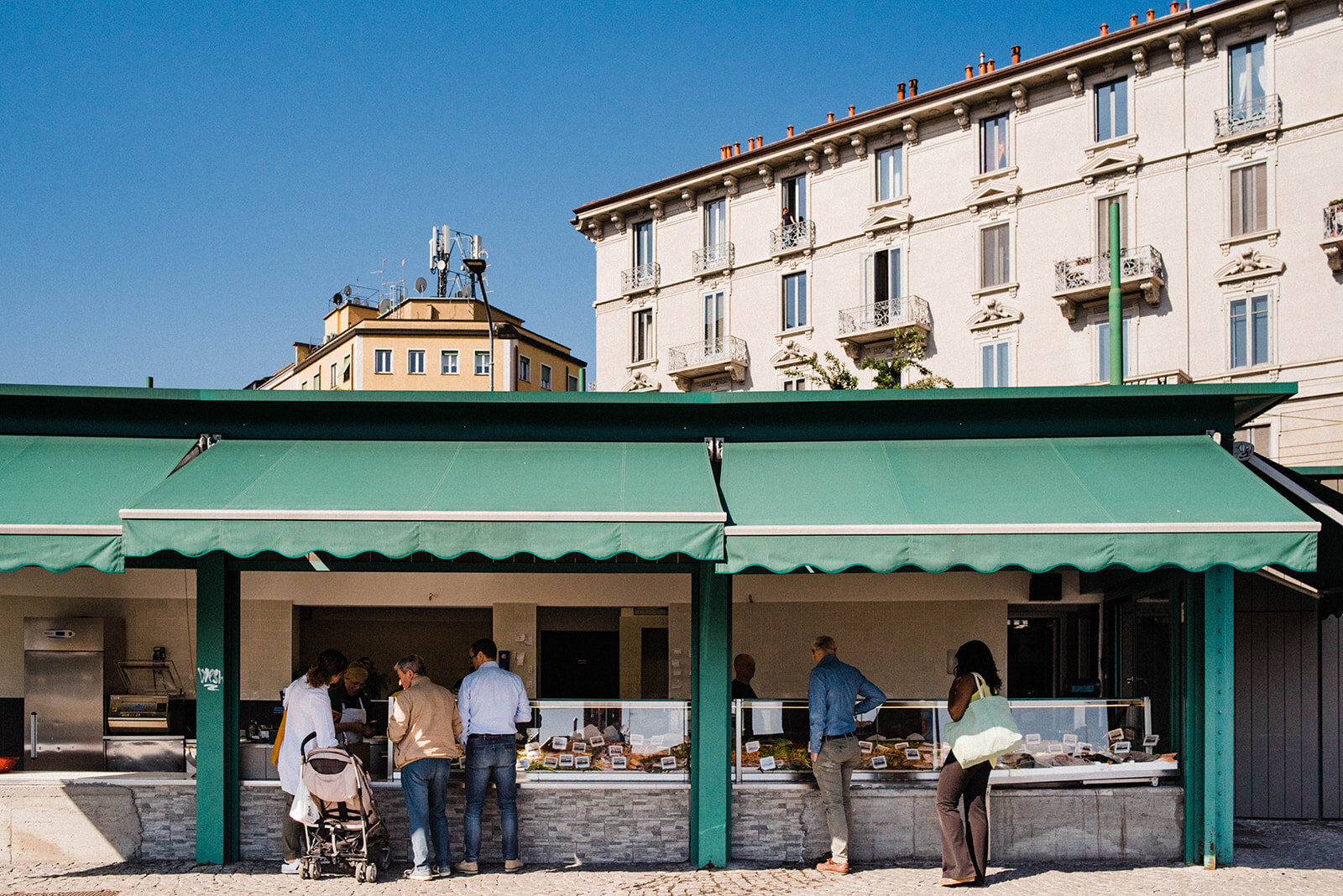Living in Italy could be wonderful, with all the charm, culture, and food it can offer.
But what exactly does it cost to live there? Whether you’re moving, retiring, or even working here for a while, you’ll need to know the costs.
The cost of living in Italy varies widely by where you live and how you live.
To paint that picture for you, let’s take a look at how the cost of living in Italy compares with other countries (and within Italy), analyze living expenses, and check out the average wage.

Cost of Living: Italy vs. Other Nations
Like the rest of the country, Italy is an affordable place to live. Housing, healthcare, and daily necessities cost little.
In the context of its Western European neighbors, such as France or Germany, Italy generally features more affordable rental and grocery prices, while still providing a comparable standard of living.
Compared to somewhere like the United States or Australia, you’ll likely find that living costs in Italy are much cheaper on a daily basis, especially if you venture outside the big cities.
Here’s a general comparison of the average monthly cost of living (excluding rent) for a person in selected countries, based on 2025 estimates:
Country | Average Monthly Cost |
|---|---|
United States | $2504 |
United Kingdom | $2390 |
Netherlands | $2364 |
France | $1739 |
Spain | $1605 |
Italy | $1611 |
Greece | $1237 |
South Korea | $1202 |
Japan | $1183 |
Mexico | $978 |
Table source: https://livingcost.org/cost , July 29, 2025
Regional Differences in the Cost of Living Across Italy
Although Italy boasts a relatively affordable cost of living than other nations, the cost can really fluctuate based on where you live. The country is divided into regions with their own way of life and economics (and costs).
Northern Italy is the priciest area of Italy in general. It’s the industrial and business center, with salaries reflecting that (but, unfortunately, so are the rents and daily prices).
Central Italy has decent standards of living at fair prices. This is especially true in the countryside.
In the south, however, things are usually cheaper and wages and job opportunities less.
Here’s a comparison of average monthly living costs (excluding rent) for a single person across Italy’s main regions:
Region | Monthly Cost(not include rent) |
|---|---|
North Italy | €1,000–€1,200 |
Central Italy | €900–€1,050 |
South Italy | €750–€950 |
Table source: https://livingcost.org/cost/italy , July 29, 2025
However, averages by region don’t give you the full picture. An even better picture of how much it costs to live in Italy is to look at some common monthly expenditures.
Detailed Breakdown of Living Costs in Italy
1. Accommodation: Rent, Utilities & Housing Services
Accommodation in Italy is really hit or miss by region.
Northern Italy
City Center
One-bedroom apartment: €1,000–€1,500
Three-bedroom apartment: €1,600–€2,300
Suburbs
One-bedroom apartment: €700–€1,000
Three-bedroom apartment: €1,200–€1,600
Central Italy
City Center
One-bedroom apartment: €850–€1,200
Three-bedroom apartment: €1,400–€2,000
Suburbs
One-bedroom apartment: €600–€850
Three-bedroom apartment: €1,000–€1,400
Southern Italy
City Center
One-bedroom apartment: €600–€900
Three-bedroom apartment: €1,000–€1,400
Suburbs
One-bedroom apartment: €400–€650
Three-bedroom apartment: €750–€1,000
Utilities: Such as electricity, heating, water, and waste collection – may cost an additional €150-€250 per month, depending on the season and your consumption.
Older places to stay might have older, less efficient heating (particularly in the north), making winters more expensive.
2. Food
Italians take food seriously—and fortunately, eating well doesn’t have to cost a fortune.
Groceries: A person could expect to pay around €200-€300 per month if they’re cooking at home. There are local markets and discount supermarkets (like Eurospin or Lidl) where you can find fresh produce for good prices.
Dining Out: Expect to pay around €10-€15 for a simple lunch at a trattoria or café while a three-course dinner for two at a mid-range restaurant costs about €50-€70.

3. Clothing
Clothing isn’t expensive in Italy, though the country is home to a big fashion industry. Fast fashion items at places like Zara and H&M will range from €20-€50, while Italian-made shoes or jackets from local boutiques are around €80-€200.
Biannual sales take place in January and July, when you can find discounts at all price points.
4. Transportation
Transport in Italy is easy and inexpensive — especially if you use public transportation.
Monthly passes: In cities like Rome, Milan, or Naples, unlimited travel passes cost around €35–€55.
Single tickets: Around €1.50–€2.00, valid for buses, trams, and metro.Trains: Intercity fares vary by distance—Rome to Florence by high-speed train might cost €20–€35 when booked early.
Driving: Gasoline averages €1.80–€2.00 per liter, and tolls on highways (autos trade) can add up quickly.

5. Daily Living
Services and entertainment on a daily basis are a big part of Italian life.
Internet: Home broadband packages cost around €25–€35 per month.
Mobile phone plans: Typically range from €10 to €20 per month for calls, texts, and data.
Entertainment: Movie tickets average €8–€10, while museum entries vary widely—often free on the first Sunday of each month, otherwise €8–€15.
6. Other Expenses
Healthcare: Italian residents are covered by the public healthcare system (SSN) so they only have to pay the ticket for visits and prescriptions. Private visits cost €50-€120.
Education: Public universities are reasonably priced — usually less than €2,000 per year. Private universities (and international schools) are much more.
Miscellaneous: Toiletries, haircuts, etc. cost about €30-€50 per month depending on yourself.
Average Salary in Italy
After breaking down accommodation, food, and transportation, it’s important to look at how that compares to local salaries.
Salaries are highest in the North, with an average (gross) of €3,000-€3,300 and approximately €2,200-€2,400 (net) — particularly around finance and tech centers like Lombardy and Emilia-Romagna.
In the center of Italy — Lazio and Tuscany — the average monthly salary falls to €2,700-€2,900 (US$3,200-3,400) gross and €2,000-€2,200 (US$2,400-2,600) net and work in the public sector and tourism is common.
In the South, pay is much lower, around €2,200-€2,500 gross and €1,600-€1,900 net. Although the cost of living is lower, unless you are in tourism, agriculture, or under the table, jobs are hard to come by.

FAQ
1. Is healthcare in Italy free or paid?
Italy has a public healthcare system. Basic coverage is free or cheap, though private facilities are for-pay.
2. Are taxes high in Italy?
It’s a progressive tax system. Income tax ranges from 23-43%, plus regional and municipal taxes.
3. Do foreign workers earn less than Italians?
Not always, though non-EU citizens may find that their pay or contracts are more limited in specific industries.
4. Can I save money while living in Italy?
Yes, especially for those who live in smaller cities or lead a low-budget lifestyle. Those earning more in cheaper parts of the country will save the most amount of money.
5. Is transportation in Italy reliable and affordable?
Yes, for the most part. Public transportation in cities is cheap and plentiful but more limited in the countryside.
Conclusion
Italy does a good job maintaining quality of life yet keeping prices affordable. They vary across regions but the value is still pretty good.
With good food, a public healthcare system, and plenty of culture, life is more than its cost.
But with the right tips and a little smart budgeting, whether you are an Italian student, retiree, expat, or other, you can have a great life for less.
